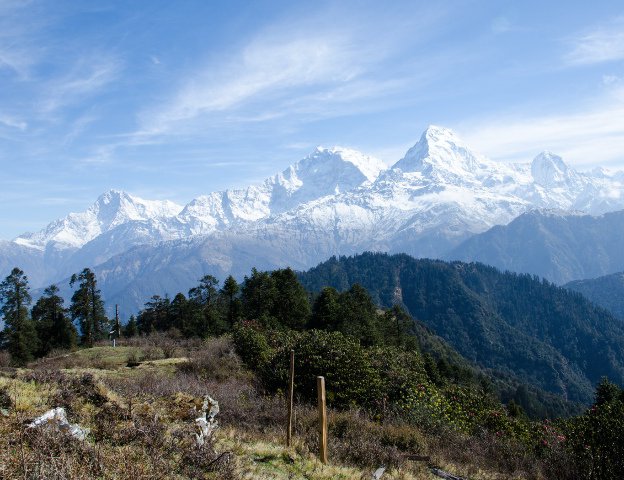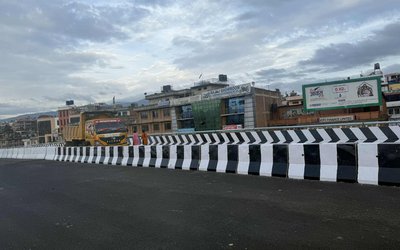
Experts warn that increasing global warming caused by greenhouse effect and its subsequent impact has posed a grave threat to the Nepal’s mountain ranges.
The experts shared their views at an interaction programme on ‘challenges f mountaineering tourism and environmental impact’ organised by Management Association of Nepal.
According to Rashtriya Samachar Samiti (RSS), former President of Nepal Mountaineering Association Ang Chhiring Sherpa revealed the fact that increasing atmospheric temperature caused rampant snow melting and mountains were in the gradual process of turning into just rocky hills.
“This situation is dangerous for the entire mountain ecosystem. Mountaineering tourism is certain to be severely hit by this. Some settlements in the mountain region are in the need of relocation, following the water crisis there.”
Experts further said that the temperature in the mountain region has increased as mountains get direct sunlight and heat soon after the sun rise as well as experience heat during night. No study has been carried out so far regarding the climate change impact in mountaineering and trekking tourism.
Border expert Buddhi Narayan Shrestha said that rapid industrialisation in India and China has caused environmental impact in mountaineering area of Nepal which has also added challenges to protect water sources.
- MELAMCHI WATER SUPPLY: No Interruption During Monsoon
- Jun 25, 2025
- KOREAN RETURNEES: Successful Integration
- Jun 25, 2025
- UPPER TRISHULI-1: Engaging With Local
- Jun 25, 2025
- IME GROUP: Twenty Five Years Of Journey
- Jun 24, 2025
- NEPAL’S AIR POLLUTION: A Growing Health Concern
- Jun 24, 2025















